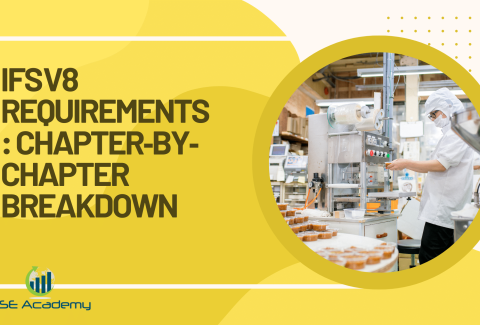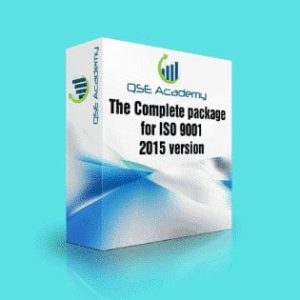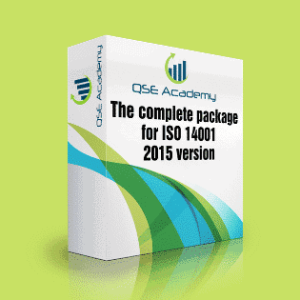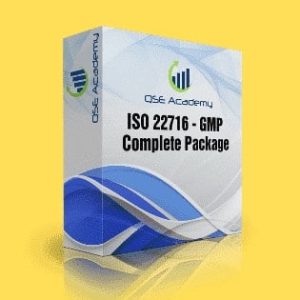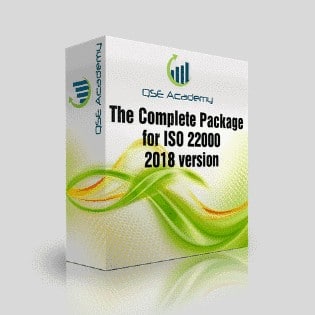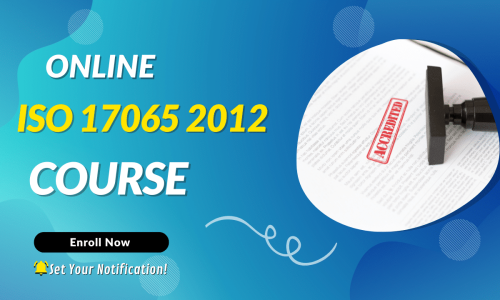Tips for Smooth FSSC 22000 V6 Certification Experience
Last Updated on October 13, 2025 by Hafsa J.
Tips for Smooth FSSC 22000 V6 Certification Experience
If you’re working toward FSSC 22000 Version 6 certification, chances are you’re juggling a lot—internal procedures, employee training, document updates, and maybe even a few last-minute fire drills. Sound familiar?
Here’s the good news: certification doesn’t have to feel like a scramble.
In my 10+ years guiding food companies through the FSSC process—across sectors like dairy, ready-to-eat meals, and baked goods—I’ve seen the difference a few smart decisions can make. The companies that succeed with less stress and fewer delays? They don’t always have bigger budgets—they just plan better, stay organized, and build food safety into their everyday operations.
So if you’re wondering, “How can we make this process smoother?”, you’re asking the right question. And in this article, I’ll walk you through exactly how to do it—from planning and team setup to audit day preparation.
Let’s dive in.
Start with a Realistic Timeline and Project Plan
This might sound basic, but I’ve seen too many teams set themselves up for chaos by rushing or winging it. You need a real plan—one that maps out your certification from start to finish.
Here’s what your timeline should cover:
- Gap assessment
- Implementation and documentation
- Internal audit and management review
- Booking your certification audit
- Time for corrective actions, if needed
Give yourself six to twelve months, depending on how ready your current system is. And build in some buffer—because something always takes longer than expected.
One produce processor I worked with set a nine-month target and ended up finishing a month early. Why? They blocked time for every task on a shared calendar—and held each other accountable weekly.
Build a Cross-Functional Food Safety Team Early
FSSC 22000 isn’t a “QA-only” project. Your food safety system touches every part of your business—from sanitation and production to HR and purchasing. So if you’re only involving one department, you’re going to miss things.
Instead:
- Include leads from every functional area
- Assign clear roles and responsibilities
- Meet regularly to review progress and surface roadblocks
One of the best implementations I’ve seen involved daily 15-minute “huddles” across shifts. A bakery pulled in shift leads, maintenance, and even dispatch—and their team was more engaged, more prepared, and less stressed when audit day came.
Use the FSSC 22000 V6 Requirements as a Daily Reference
Don’t wait until the audit to open the standard. Make it part of your process from day one.
Here’s what works:
- Print or digitize the requirement sections
- Highlight relevant clauses as you build procedures
- Link each SOP to the clause it supports
Auditors love seeing a system that’s directly aligned with the standard—and it helps your team build a real understanding of why things are done a certain way, not just what to do.
Train for Competence, Not Just Compliance
Training isn’t just about checking a box. The goal is to build a team that understands food safety and feels confident applying it on the floor.
Here’s what works:
- Awareness sessions to explain the “why”
- Hands-on training to show the “how”
- Mock audit interviews so employees can practice responding confidently
The companies that shine during audits aren’t the ones with the best PowerPoints—they’re the ones where employees can clearly explain what they do, and why it matters.
Conduct a Serious Internal Audit Before the Real One
This is your dress rehearsal. Take it seriously.
What to include:
- Review of records and documents
- Facility walkthroughs
- Interviews with team members
- Write up real findings—even if they’re minor
Don’t just audit your procedures. Audit what’s really happening. If possible, bring in a fresh pair of eyes—a consultant, or a trained staff member from another site.
You want to uncover and fix issues now—not during Stage 2 when it’s on the record.
Keep Your Records Audit-Ready at All Times
Here’s what I’ve seen: when teams maintain records daily or weekly, audit prep becomes a breeze. When they scramble to “catch up” a week before the auditor arrives, it’s a nightmare.
Make it easy for your team:
- Use checklists and log sheets
- Set calendar reminders for routine tasks
- Go digital where you can—cloud-based systems make pulling reports and training logs 10x faster
One dairy client switched to a shared drive system with standardized naming. Their entire audit file was ready two weeks early—and they passed with zero major findings.
Prepare for Audit Day Like It’s a Performance
Audit day isn’t the time for surprises. A little prep goes a long way.
Here’s what I recommend:
- Have a printed or digital index of your documents
- Make sure all staff know when the audit is happening and what to expect
- Conduct a 10-minute “pre-audit huddle” to ease nerves and clarify roles
- Assign someone to guide the auditor and take notes during interviews
Confidence comes from preparation. If your team is clear, calm, and ready, the auditor will notice.
Pro Tips from the Field
Pro Tip 1: Always build in buffer time. Something will take longer—whether it’s auditor scheduling, document approval, or supplier delays.
Pro Tip 2: Track issues early. Keep a “findings log” during implementation to capture mistakes or questions as they arise. That becomes your internal audit checklist later.
Pro Tip 3: Map out your food safety system visually. A simple flowchart or diagram can help auditors quickly understand how your operation works.
Pro Tip 4: Ask your certifier what they look for first. Some bodies provide audit plans or focus areas. Knowing that helps you prepare smart.
Common Mistakes and FAQs
Common Mistakes to Avoid
- Relying solely on QA to prepare for certification
- Training everyone with the same generic slide deck
- Printing all documents the night before the audit
- Ignoring minor issues flagged during mock audits
FAQs
Q1: How soon should we start preparing for certification?
Ideally six to twelve months before your target audit date. Even if your system is mature, building momentum takes time.
Q2: Can we use templates for procedures and records?
Yes—but customize them to reflect your actual operations. Auditors can spot boilerplate templates immediately.
Q3: What’s the #1 thing auditors appreciate?
Staff who clearly understand their roles and can confidently explain their part in food safety. That speaks volumes about your system’s maturity.
Make It Smooth by Making It Yours
There’s no shortcut to FSSC 22000 certification—but there is a smoother way to get there.
It starts with realistic planning, a strong team, and a system that reflects how your business actually operates—not just what’s written in the standard. When food safety becomes part of your daily rhythm, certification stops being a burden—and becomes a validation of what you’re already doing right.
Ready to make it easier? Download our FSSC 22000 Prep Checklist, or book a 30-minute strategy call to get personalized tips for your facility, your team, and your timeline.
Certification is a big milestone. Let’s make sure the path to get there is clear, calm, and completely doable.
Whether it’s ISO 9001, ISO 22000, or the cosmetics-focused ISO 22716, I’ve spent my career I’m not here to call myself an expert—I prefer “enthusiast” because I truly love what I do. When I’m not writing about standards, you’ll probably find me playing Piano 🎹, connecting with people, or diving into my next big project💫. I’m an engineer specialized in the food and agricultural industry
make ISO standards less intimidating and more approachable for everyone.
turning complex jargon into clear, actionable steps that businesses can actually use.
There’s something incredibly rewarding about helping people navigate food safety and quality management systems
in a way that feels simple, practical, and even enjoyable.
I have a Master’s in QHSE management and over 12 years of experience as a Quality Manager
I’ve helped more than 15 companies implement ISO 9001, ISO 22000, ISO 22716, GMP, and other standards
My clients include food producers, cosmetics manufacturers, laboratories, and service companies
I believe quality systems should be simple, useful, and efficient.




